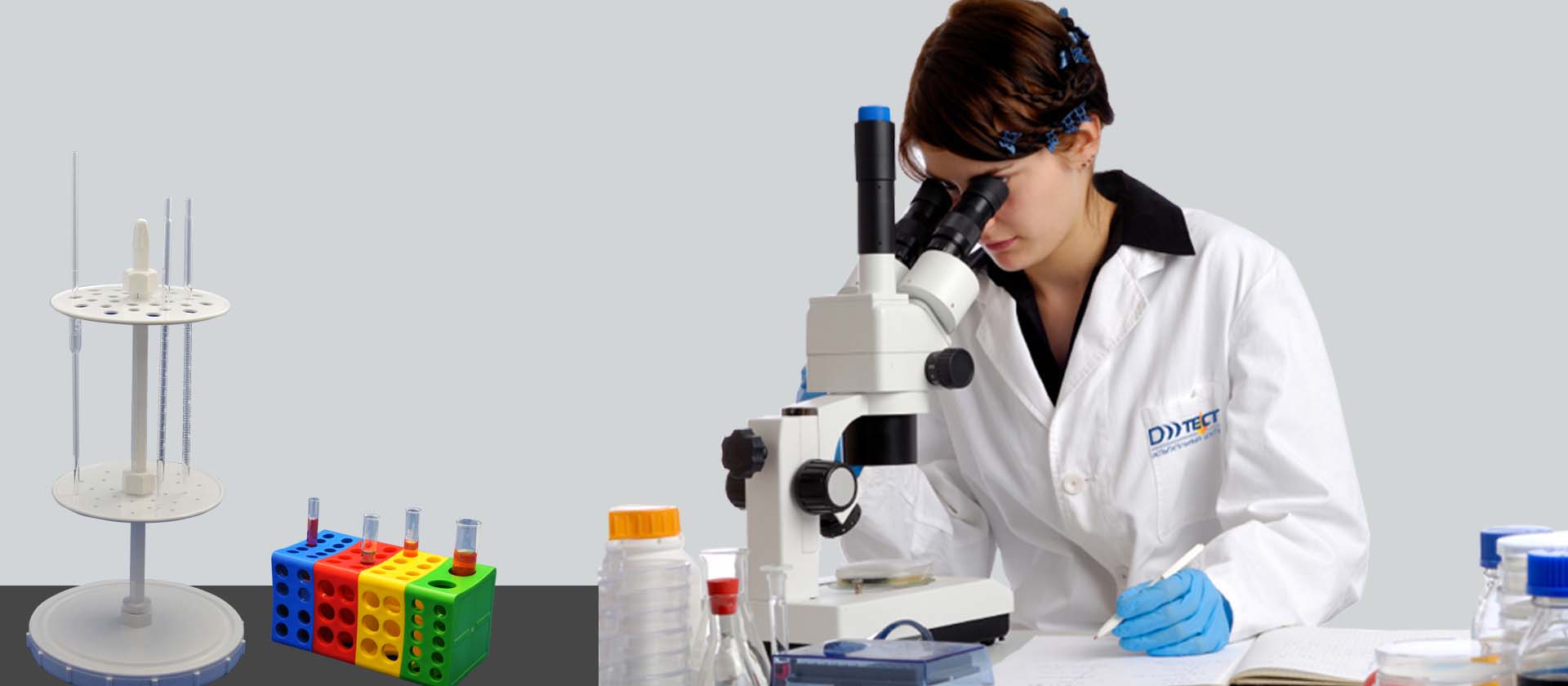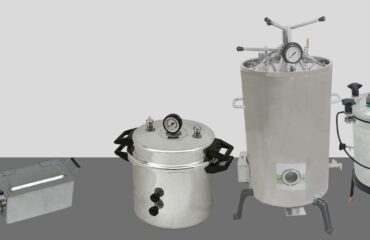Diagnostic equipment plays a crucial role in improving healthcare efficiency in several ways:

Accuracy and Precision:
Advanced diagnostic equipment such as MRI, CT scans, and molecular diagnostic tools provide highly accurate and precise results. This accuracy reduces the likelihood of misdiagnosis or unnecessary treatments, leading to more efficient use of healthcare resources.
Early Detection:
Many diagnostic tools are capable of detecting diseases at early stages, allowing for timely intervention and treatment. Early detection often leads to better outcomes and reduced healthcare costs associated with advanced or complicated diseases.
Streamlined Workflow:
Diagnostic equipment automates many processes, streamlining workflow in healthcare facilities. This reduces waiting times for patients, enables faster diagnosis, and facilitates prompt treatment, thereby improving overall efficiency.
Data Integration:
Advanced diagnostic equipment often comes with features for seamless integration with electronic health records (EHR) systems. This integration enables healthcare providers to access and analyze patient data more efficiently, leading to better-informed decisions and improved patient care.
Remote Monitoring and Telemedicine:
Some diagnostic equipment allows for remote monitoring of patients’ health parameters, enabling healthcare providers to track patient progress without the need for frequent in-person visits. Additionally, telemedicine services supported by diagnostic tools facilitate remote consultations, reducing the need for patients to travel to healthcare facilities and improving access to care, especially in rural or underserved areas.
Personalized Medicine:
Diagnostic equipment, particularly molecular diagnostic tools and genetic testing technologies, enable personalized medicine approaches. By analyzing an individual’s genetic makeup or molecular characteristics, healthcare providers can tailor treatment plans to each patient’s specific needs, improving treatment efficacy and reducing adverse effects.
Cost Savings:
While the initial investment in diagnostic equipment may be significant, it often leads to long-term cost savings for healthcare systems. By enabling earlier diagnosis, reducing unnecessary tests and treatments, and optimizing resource utilization, diagnostic equipment contributes to overall cost efficiency in healthcare delivery.
Patient Satisfaction:
Efficient diagnosis and prompt treatment lead to higher levels of patient satisfaction. Reduced waiting times, accurate diagnosis, and effective treatment contribute to a positive patient experience, enhancing overall satisfaction with healthcare services.
In summary, diagnostic equipment improves healthcare efficiency by enhancing accuracy, enabling early detection, streamlining workflow, facilitating data integration, supporting remote monitoring and telemedicine, enabling personalized medicine, generating cost savings, and enhancing patient satisfaction.


